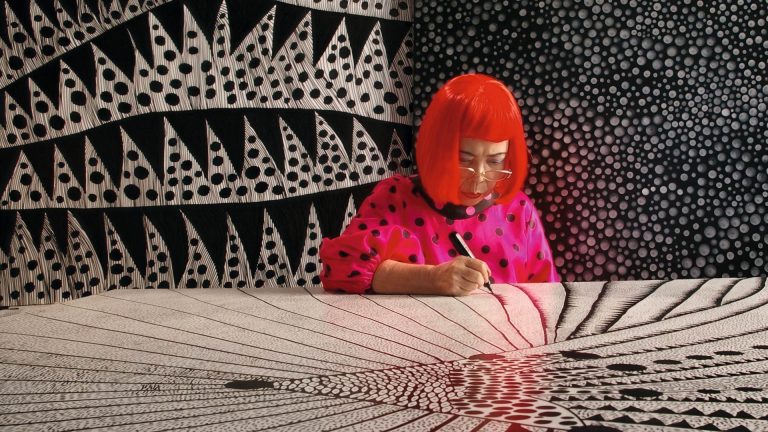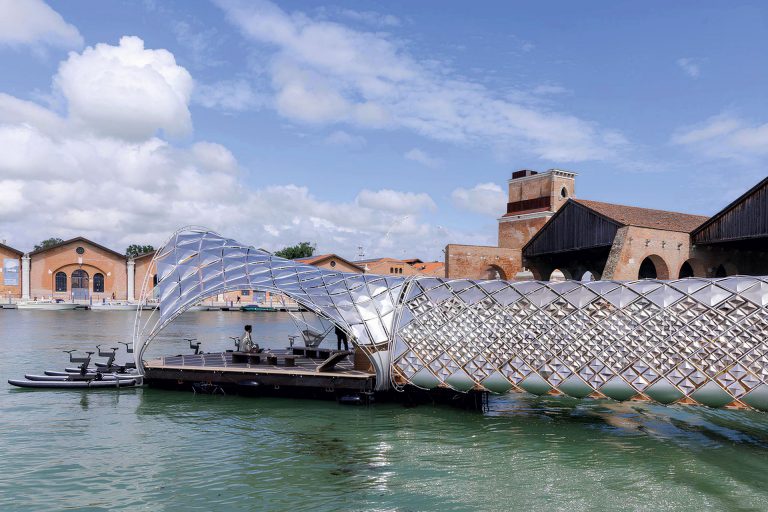The Centre Pompidou has unveiled a major exhibition commemorating Suzanne Valadon’s 160th birthday, featuring nearly 200 works from leading museums worldwide. Here are some fascinating details about her life story.
A Montmartre legend and muse to Degas, Renoir, and Toulouse-Lautrec, she was a rebel who, despite her impoverished childhood, devoted herself to art and succeeded as an artist when even upper-class women struggled to do so at the turn of the 20th century. Her rich life reads like an adventure novel.
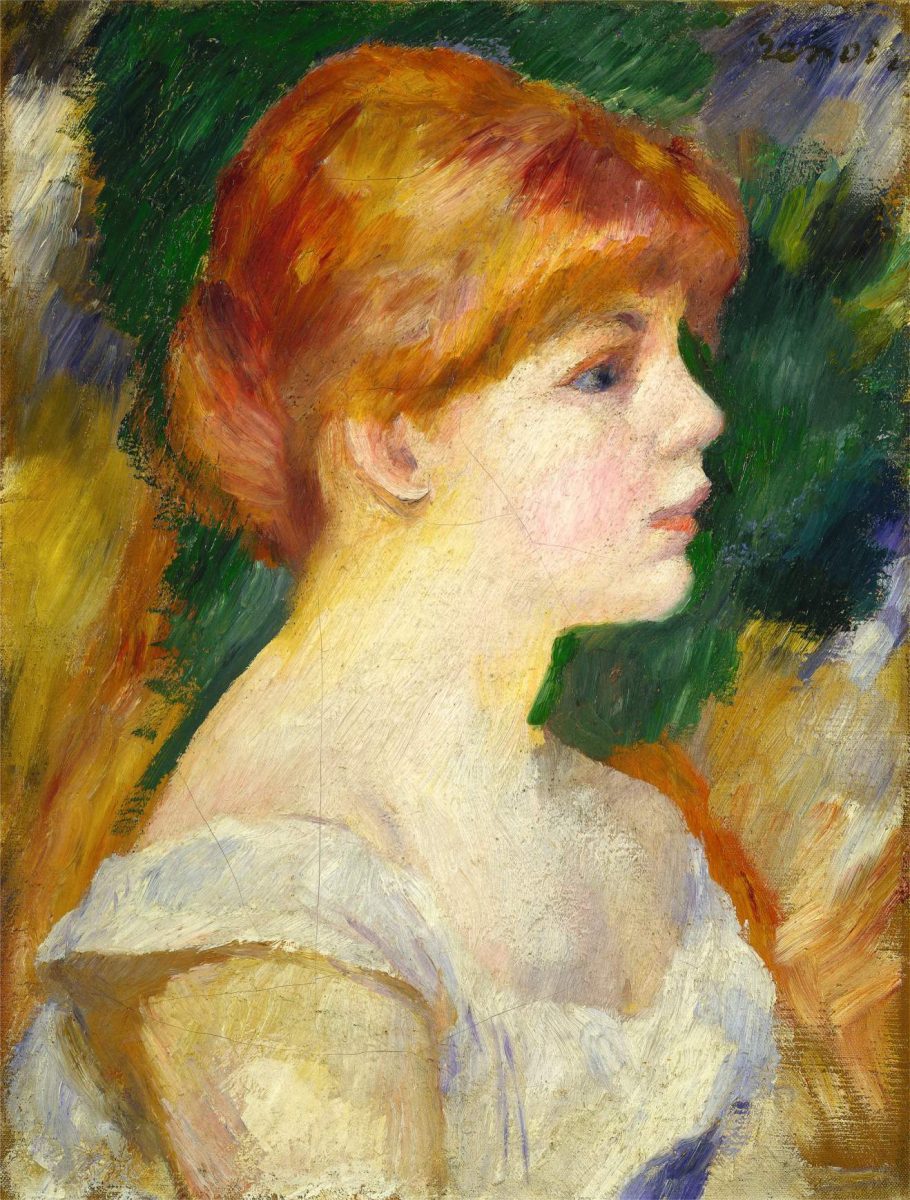
Suzanne Valadon, born Marie-Clementine Valade, started drawing in childhood, but her first love wasn’t art — it was the circus. Agile, quick, and fearless, she loved following parade crowds through the streets, performing cartwheels, somersaults, and handstands. According to one account, she caught the eye of Ernest Moliere, a private circus owner. The young woman began performing as an acrobat, but her time in the spotlight was brief — at age 15, Marie-Clementine fell from the trapeze and injured her back. Though she had to bid farewell to circus life, the human form — particularly the male body — would become a central theme in her art.
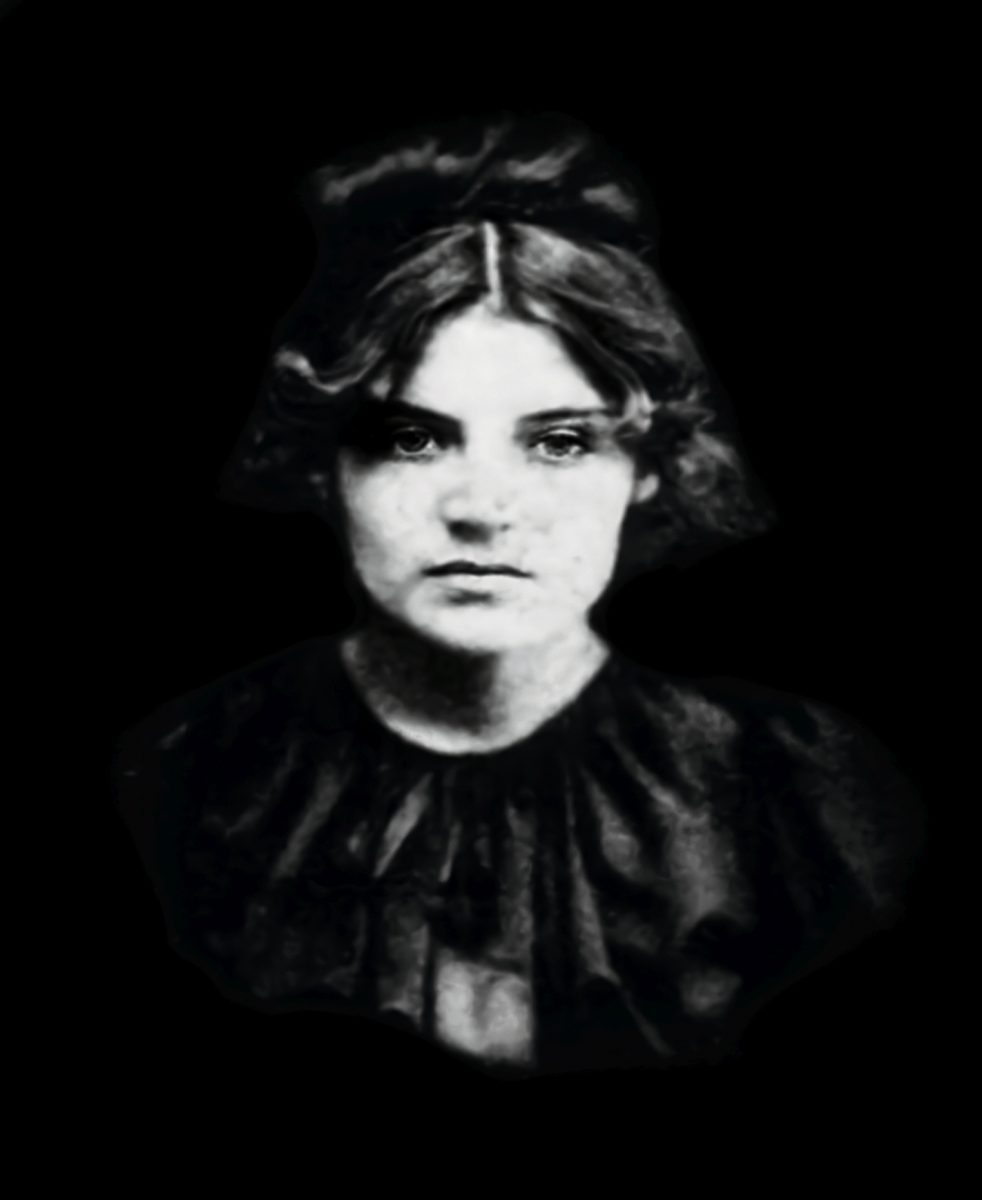
Her next chapter as an artist’s model opened doors to connections with many painters. This is how Marie-Clementine met Pierre Puvis de Chavannes, becoming his model, muse, and possibly his lover — despite their forty-year age gap. Soon she was posing for other renowned masters: Pierre Auguste Renoir and Henri de Toulouse-Lautrec. Renoir captured her in works like Dance at Bougival, Dance in the City, and The Umbrellas. Toulouse-Lautrec not only painted her portraits — notably depicting her as a bohemian lady at a table with a half-empty wine bottle (The Hangover) — but also gave her a pseudonym. “Suzanne” was a playful reference to the biblical story of Susanna and the Elders, a gentle tease about the spirited model who readily posed for elderly masters.
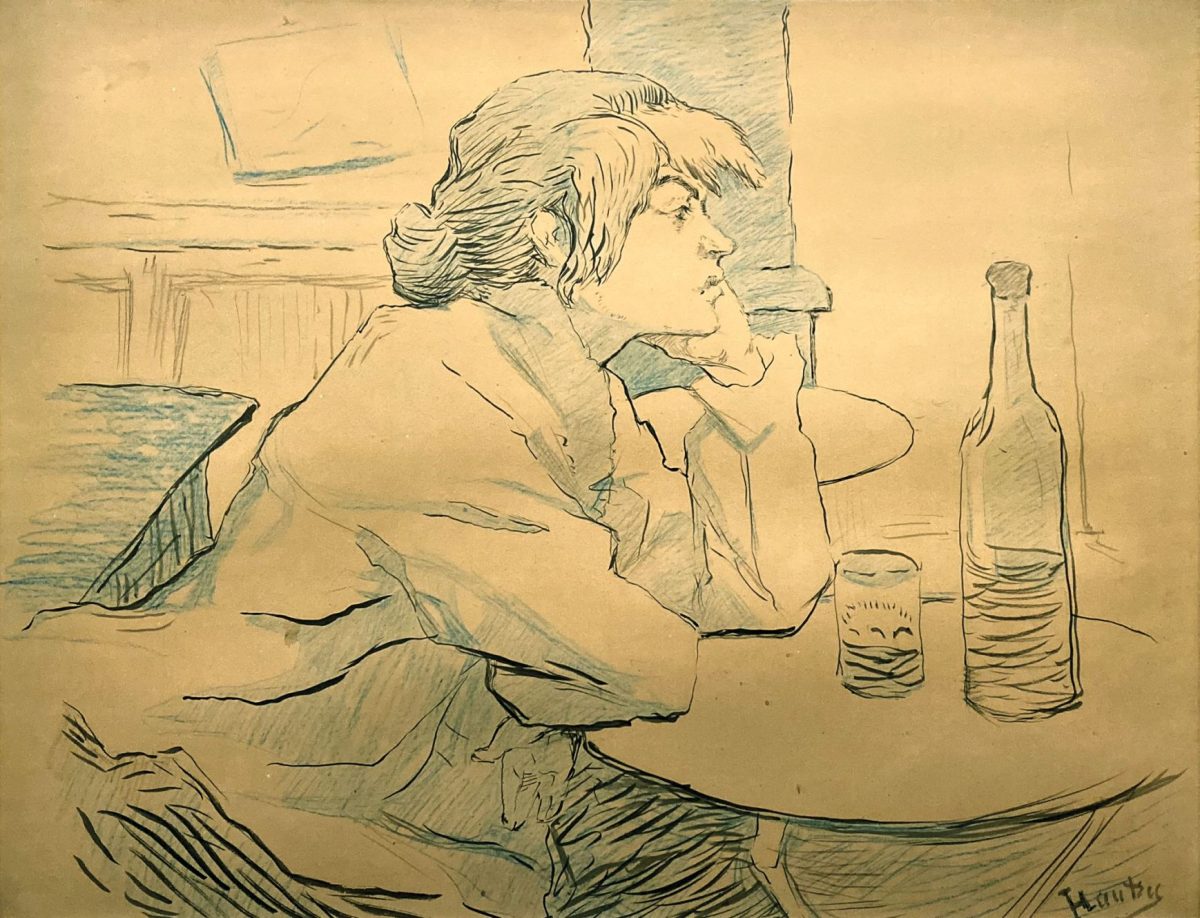
However, being just a model felt too constraining for Suzanne Valadon — she yearned not only to inspire but to create. Unable to afford private art schools, she learned instead from the artists she posed for. Valadon carefully studied the masters at work and gradually began creating her own art. Edgar Degas, whom she met in the early 1890s, became a crucial supporter — he was the first to purchase her work and introduced her to collectors. The artist gradually gained recognition, including in professional circles: in 1894, Valadon became the first woman admitted to the National Society of Fine Arts.
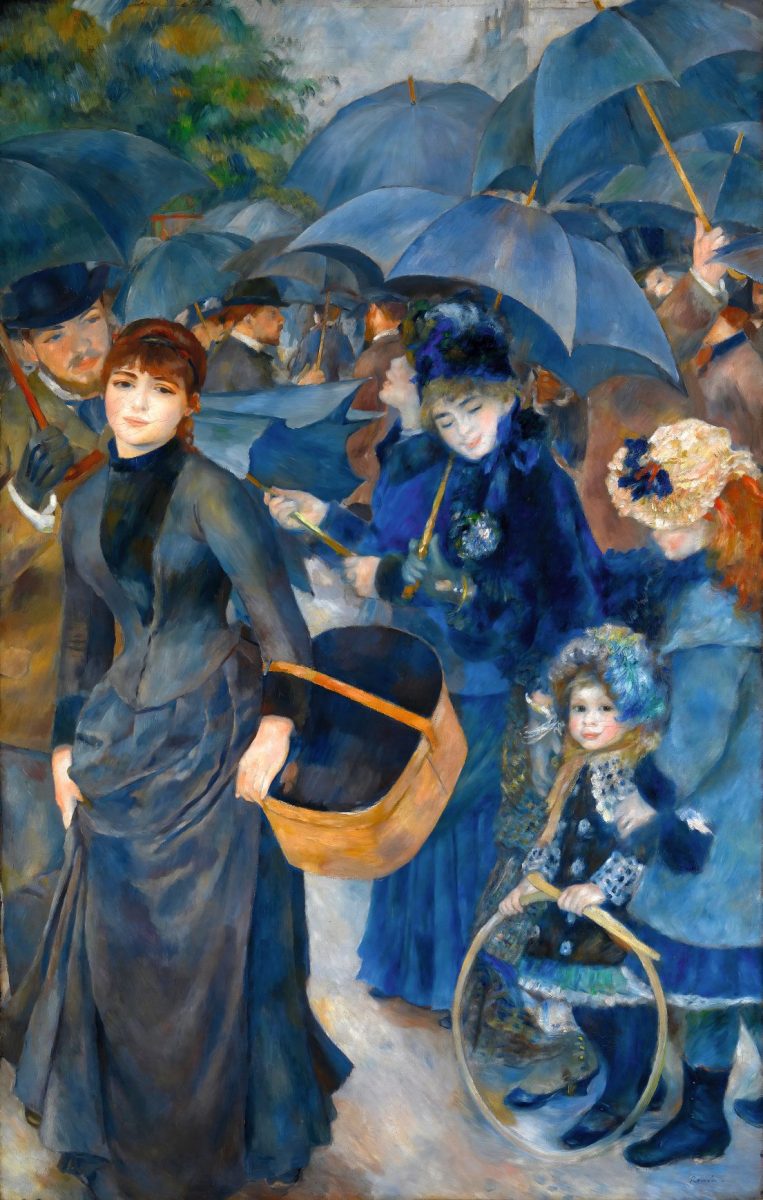
Suzanne’s earliest surviving work is a self-portrait in charcoal and pastel (1883). While she created landscapes and still lifes, her primary focus was the human form — both female and male. Her approach was groundbreaking: Valadon portrayed her female models realistically without idealization, challenging centuries of male-dominated nude tradition. In her painting Joy of Life, she depicted not ethereal goddesses but earthly women who likely earned their living through hard work. Her portrayal of men was strikingly different — their nude bodies appeared as objects of desire, as seen in Casting the Net. Such an interpretation by a female artist was considered revolutionary in the early twentieth century.
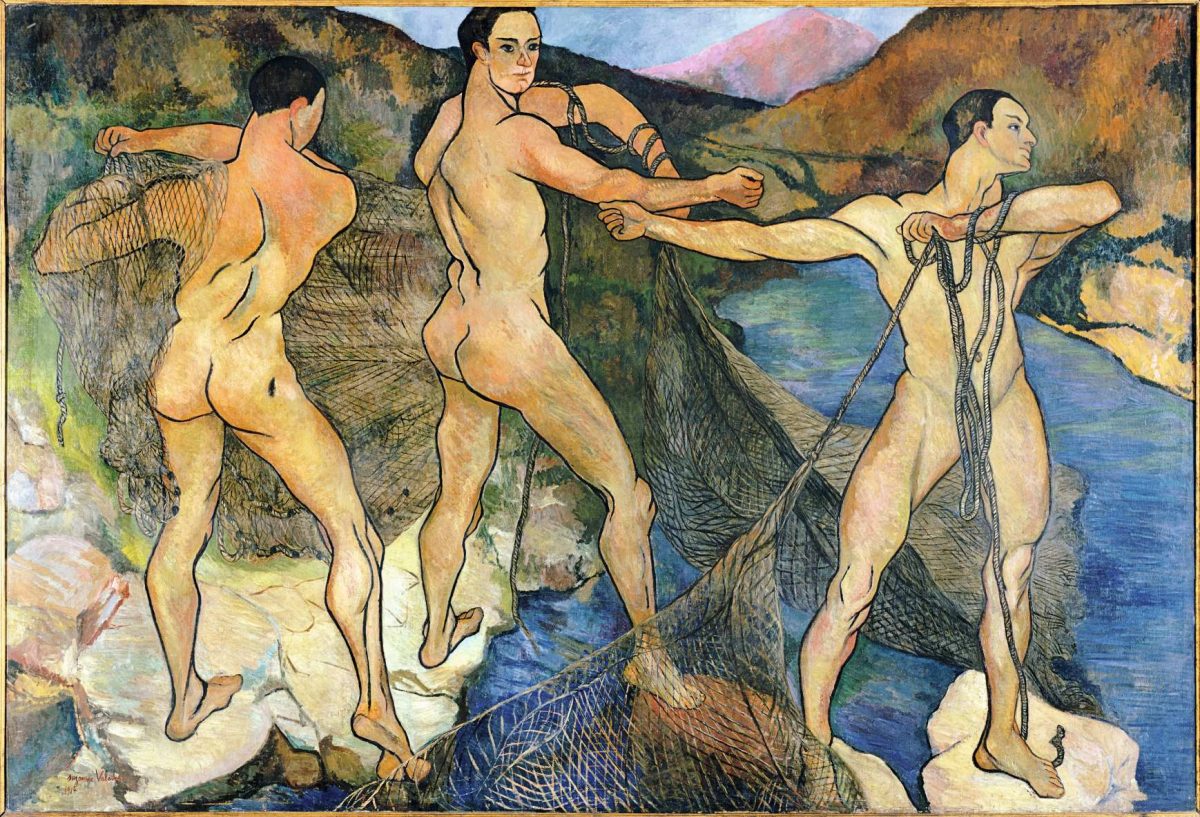
Suzanne Valadon not only created remarkable works but also gave the world a famous artist: her son Maurice Utrillo, who eventually surpassed his mother’s fame. His father’s identity remains a mystery — some suggest Puvis de Chavannes, while others point to Renoir himself. The boy was ultimately adopted by Suzanne’s close friend, the Catalan artist Miquel Utrillo. Like his mother, Maurice lacked formal artistic training but eventually achieved international acclaim, dedicating his work to his beloved Paris. At the foot of legendary Montmartre, near the funicular, lies a small square named after his mother, Suzanne Valadon.
Photo: Vostock Photo; Centre Pompidou, MNAM-CCI/Jacqueline Hyde/Dist. GrandPalaisRmn

